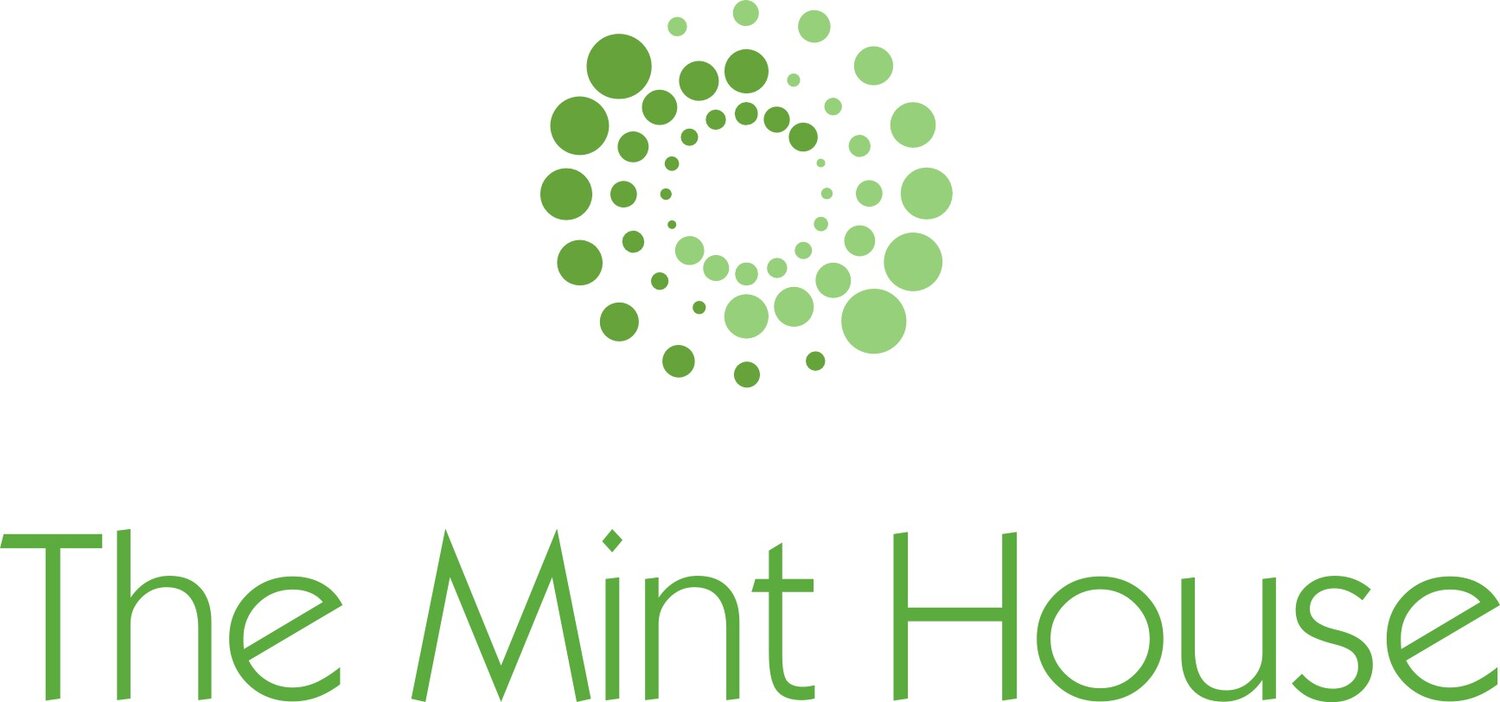by Christine Plews
Many people know me as an Accredited Family Mediator with an interest in how our life experiences impact us in the mediation room. However, not many people will know that I am also a Trustee at The Mint House which is the Oxford Centre for Restorative Practice, and I can deliver training in restorative practice for people working in criminal justice or other settings.
Therefore, it is not surprising that I often reflect on what the differences are between the two disciplines, which are so alike in many ways with their emphasis on the individuals involved coming together and listening and being heard.
The main difference between the two is that family mediation is task specific. The participants come together to resolve the issues that they have between them arising out of their separation. There does not need to be conflict but there often is and there can be high emotion.
It is very much future orientated, and settlement driven with expectation of practical solutions. The issues are ‘live.’ The emphasis is rightly on dispute resolution and there is no aim of ‘personal growth or understanding’ although this might occur as a result of the mediation.
In contrast, the emphasis in restorative meetings is on repairing past harm and mending relationships. The issues are likely to be in the past but there may be ongoing conflict. This means that a lot of time is devoted to looking back at the harm that needs to be repaired and it is dialogue driven. It is hoped to be transformative.
It is helpful in the mediation room if past wrongdoings can be acknowledged but the lack of an acknowledgement is not necessarily a bar to progress. In contrast, a restorative meeting will seek an admission of responsibility, although the harm maybe disputed, or an acceptance of joint responsibility.
Although this is changing in family mediation, traditionally there was little preparation for joint sessions and the emphasis is mainly on the encounter itself with little emotional preparation for the participants. However, prior to restorative meetings the issues will have been fully rehearsed ahead of the meeting and feelings taken into account.
A key part of family mediation is that there is Facilitator neutrality. However, whilst the Facilitator is neutral in restorative meetings, they do have to be sensitive to a victim not being re-victimised. With Domestic Abuse screening and safeguarding being a hot topic in Family Mediation, there could be some learning points here.
The different nature of the two sessions shows up in what a ‘good outcome’ looks like in each. In family mediation, the Memorandum of Understanding will, by necessity, involve both participants whereas the Action plan following a restorative meeting maybe one sided.
However, the right timing is a factor shared by both mediation and restorative meetings. If either of these processes start too early, then they can be of limited help. In both these situations, people have to do ‘the work’ of allowing some emotional space to enable a conversation to take place.
Finally, in restorative meetings it is said that there comes a point in a session where is a softening or ‘a quickening’ where the mood shifts and there is empathy and understanding. Whilst family mediation can conclude without such a softening, the power of human connection and communication does mean that there are also tipping points where there is insight, and a way forward is found. Ultimately, that is what both disciplines are looking for.




